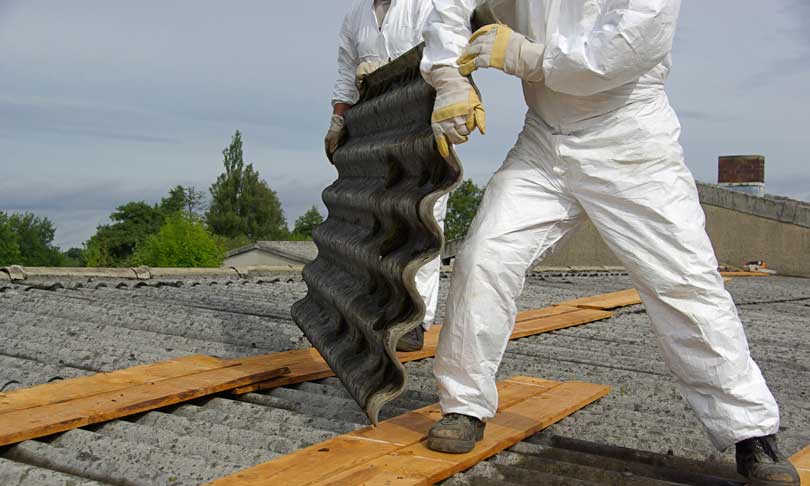Two Main Concerns are Old Fluorescent Lights and Caulk.

PCBs in Fluorescent Light Ballasts
PCBs were phased out of fluorescent light ballasts in 1979, so only schools whose lighting systems have not been updated since then are at risk. While the risk of exposure does increase if the lights break or catch fire, these types of lights can also release PCBs during normal operation. Considering that any PCB-containing lights made in 1979 are now roughly 20 years past their normal life expectancy, they may be at increased risk of emitting harmful chemicals into the air during normal operation and/or catching fire. In a single school year, the EPA received reports of PCB releases from lights in 130 schools in New York and New Jersey alone.
PCBs in Caulk
PCBs can also be found in certain types of caulk used in large building projects between 1950 and 1979. The main problem with caulk is the creation of PCB-laden dust that can then be breathed in by children or even ingested if they get dust on their hands and then touch their mouths. Caulk that contains PCBs may be found indoors or outdoors, as it was frequently used to seal small gaps in windows, doorframes, and masonry joints. Dust from this caulk can be unwittingly spread around the school by improper cleaning with dry cloths or brooms. To be on the safe side, all old caulk should be cleaned with a wet cloth and dust vacuumed up with a HEPA filtered machine to avoid spreading dust. Old caulk should never be removed by unprotected workers unless it has tested negative for PCBs.
How AQHI Can Help
In order to prevent exposure to PCBs from fluorescent lights or caulk, school officials need to follow EPA guidelines by hiring a skilled contractor like AQHI Inc. to seal off contaminated areas, remove the materials, and thoroughly clean all surfaces.










